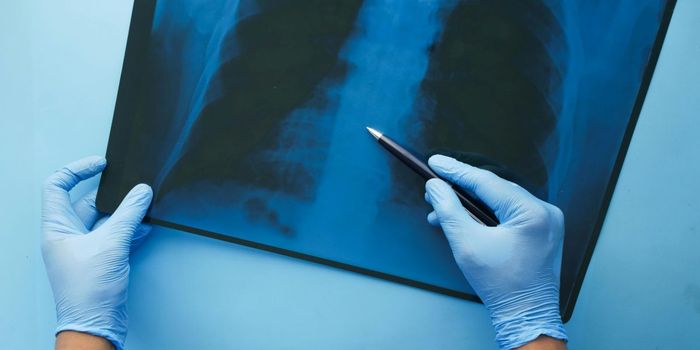Researchers at the University of California San Diego have been hard at work developing artificial replicas of cell membranes. Last year they were able to create synthetic membranes that were able to grow. Now, they
report in the Proceedings of the National Academy of Sciences that they’ve made artificial cell membranes that mimic the functions of mammalian cell membranes; they can grow and reshape themselves.
In this video from the lab of Neal Devaraj, the lipids in their synthetic membrane can be seen undergoing spontaneous remodeling. This is a breakthrough for artificial cell membranes; up to this point, no one has invented a straightforward way to make make membranes that are able to mimic lipid remodeling.
The scientists are close to replicating natural cell membranes, normally composed of sheets of lipids. They can now be completely made with engineered ingredients. Importantly, this will enable investigators to create drugs that target the cell membrane and its proteins more effectively, as well as aid in developing a deeper understanding of membrane dysfunction due to disease.
“While artificial membranes have been used to model the properties of native membranes, previous methods have not been able to mimic lipid membrane remodeling,” explained Devaraj, an Associate Professor of Chemistry and Biochemistry at UC San Diego and the leader of the research team for this paper and previous work on the topic. “In our latest study, we show that reversible chemical reactions can be harnessed to achieve spontaneous remodeling of lipids in synthetic membranes,” he continued.
Cells utilize enzymatic methods to constantly remodel and adjust their membranes, which has a effects on the other molecules in the area.
“Cells use lipid remodeling to respond to their environment and maintain membrane homeostasis or to carry out specific functions such as division and signaling,” said a graduate student in the Devaraj lab, Andrew Rudd, one author of the study. “Using phospholipid remodeling allows cells to generate new phospholipid species by recycling existing phospholipids instead of making them from scratch. This saves the cell time and energy.”
Devaraj thinks their achievements will give biochemists a way to improve the understanding of the many changes that occur in cellular membranes during lipid remodeling.
“One exciting application would be to probe the behavior of bound and integral membrane proteins in response to shifts in membrane composition,” suggested Roberto Brea, the lead author of the study and a postdoctoral fellow in the Devaraj lab. “Integral membrane proteins are extremely important and common drug targets and we need a way to understand their behavior in lipid bilayers. This is one way to do that.”
Sources:
University of California, San Diego,
PNAS









